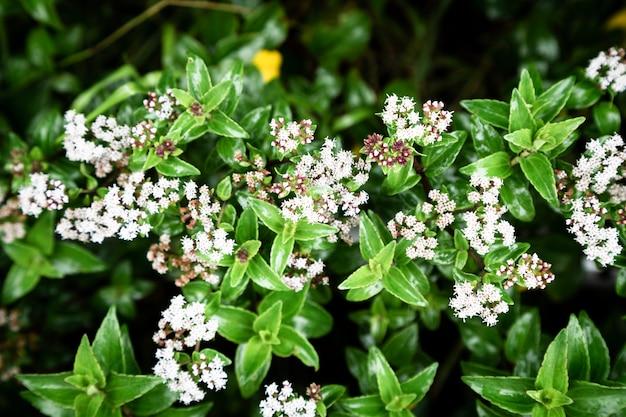Living in England is all about fun until you find a non-native plant in your yard. Having Japanese knotweed in your backyard or around your property can be a nightmare. This species is more than just an annoying nuisance that plagues gardeners.
It is an invasive plant, and the outbreak can be troublesome to the owners of properties as a failure can lead to prosecution. That is why this blog has covered some of the most effective ways for Japanese knotweed removal according to your situation.
Read on to explore the spread control methods for Japanese Knotweed:
- Herbicide Treatment
Herbicide is about using a chemical treatment for Japanese knotweed control. There are two end goals when using chemicals for the plant. One is rendering the plant dormant. Second, is letting the plant decay until it is not viable for further growth.
If you are planning to spray the chemicals on your own, you can only use approved herbicides. But it will not give you surety of complete decay.
Depending on the cause of the Japanese knotweed situation, it will usually take at least three years to treat it properly. The problem with this plant is the rhizome as it can remain dormant in the soil for several years. So, if you are hiring professional services for Japanese knotweed removal in Manchester, ensure they hold certain certifications and permits to use and dispose of the chemicals for the process.
- Excavation and Offsite Disposal
Other than spraying Japanese knotweed, it is possible to remove it along with the contaminated soil. You can fully excavate the Japanese knotweed to a landfill.
It is suitable to eradicate Japanese knotweed completely from the land if it covers a small area. At the other end of the spectrum, this procedure can be highly expensive.
- Excavation and Onsite Burial or Relocation
The other method to treat the Japanese knotweed is to bury it to move the contaminated area instead of sending it to a landfill. These two options are reliant on the available space.
When burying the soil, you will need a barrier for the roots about two meters below the ground. But for the procedure, you must notify the environment agency at least one month before you bury it.
Hire an experienced and professional contractor for the process. Other than burying the Japanese knotweed, you can consider the process of burning it. You can ask your local council to get permission to burn it.
There is a chance that knotweed crowns and rhizomes survive the fire. If you are handling the process on your own, you need to learn the process first for quality results.
- Reduced Dig Excavation and Root Barrier Tray
In case the small area is contaminated, it is possible for you to relocate the Japanese knotweed. You can move the impacted area to the other side of the property and treat it over time.
This way, it will be spread out as a shallow layer of soil and then turned and treated as required –allowing you to save money on the project.
Right after excavating the most contaminated area of the soil, a root barrier is installed to create a tray. During the process, clean soil can be used to fill the root barrier tray and allow the former land to be used as a landscape.
Post-Treatment Cleaning
Whatever the process you choose for preventing the Japanese knotweed, just like after pest control cleaning, you need to be careful with the waste of this species. Once you transfer the Japanese waste to your disposal, ensure that there are no trapped pieces of plant or rhizome.
You can contact the environmental agency to help you with the waste as well.

